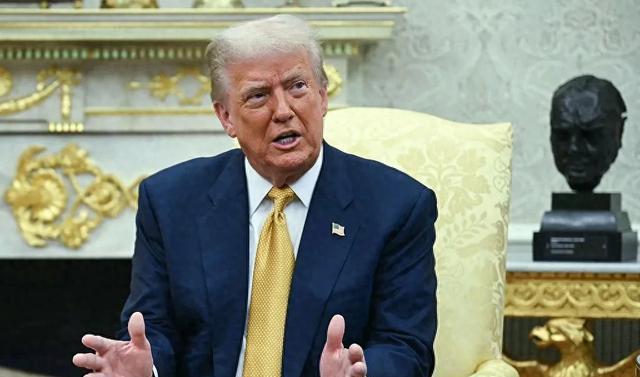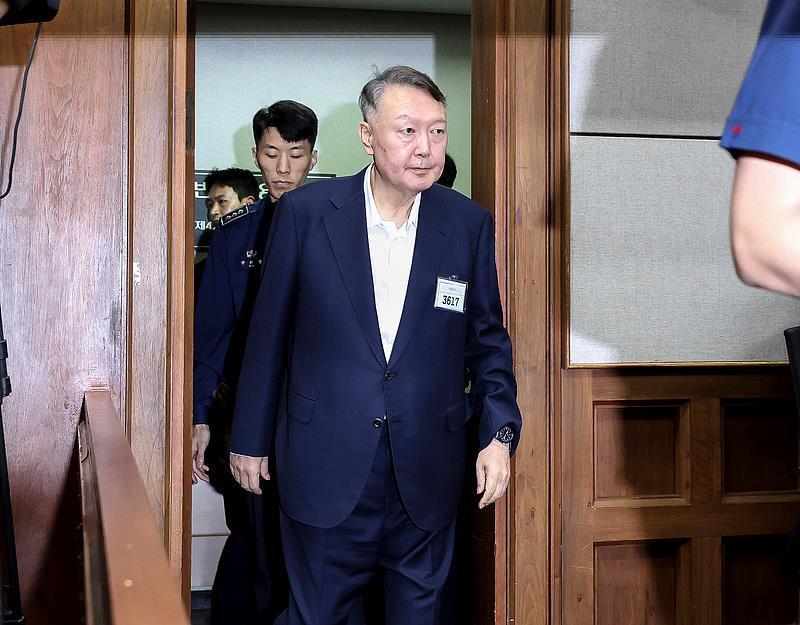
In 2025, the tariff storm unleashed by the U.S. government under the guise of "trade balance" is wreaking havoc on the global shipping industry. From container backlogs at trans-Pacific shipping routes to mountains of empty containers piling up at European ports; from a precipitous drop in profits for shipping giants to a wave of bankruptcies among small and medium-sized freight forwarding companies, this trade crisis triggered by unilateralism is dragging the global supply chain into an unprecedented abyss of turmoil.
I. Tariff Policies: A "Time Bomb" for the Shipping Market
The U.S. import trade accounts for 15% of global container shipping, a figure that once led the shipping industry to regard the U.S. market as a "ballast stone." However, since taking office, the Trump administration has made tariffs a central tool for "Making America great again," imposing hefty tariffs on major trading partners such as the EU, China, and Vietnam, and even threatening to levy million-dollar port fees on ships from certain countries. The uncertainty of such policies has plunged the shipping market into a vicious cycle of "panic shipping - port congestion - price collapse."
Take the China-U.S. shipping route as an example. In the first half of 2025, driven by tariff expectations, shippers rushed to transport goods, leading to a 3.8% surge in shipping volume. Shipping companies took advantage of the situation to hike freight rates, resulting in a brief spike in industry profits. But this "false prosperity" quickly collapsed after the tariffs took effect: containers that failed to arrive at ports before the tariff deadline were either abandoned at ports or forced to be resold in third-country markets. According to data from the Shanghai Shipping Exchange, the freight rate index for the U.S. West Coast route plummeted by 24% in April compared to March. Some freight forwarding companies saw their order volumes drop by 67%, and industry profit margins fell to historic lows from their pandemic-era peaks.
II. The "Domino Effect" on the Global Shipping Landscape
The ripple effects of U.S. tariff policies are reshaping the global shipping map. The Asia-U.S. route, once a "golden route," has now become a "hot potato" for shipping companies. The container alliance Premier Alliance, composed of Ocean Network Express (ONE), Hyundai Merchant Marine (HMM), and Yang Ming Marine Transport, has announced the suspension of its planned trans-Pacific freight services. Maersk Group stated that it would dynamically adjust its fleet deployment based on trade flows and even considered dividing its fleet into two categories—"subject to U.S. penalties" and "not subject to U.S. penalties"—to manage risks.
Meanwhile, alternative shipping routes have witnessed explosive growth. Freight rates on European, South American, and Southeast Asian routes have risen against the trend, and inquiries about overseas warehouses have surged. Chinese cross-border e-commerce companies have adopted a "transshipment via third countries + overseas warehouse temporary storage" model to evade tariffs, driving a 30% year-on-year increase in the volume of China-Europe freight train services. However, this "detour trade" has significantly increased logistics costs: for smartphones, for instance, the comprehensive cost of transshipment to the U.S. via Southeast Asia is 18% higher than direct shipping, further squeezing the profit margins of small and medium-sized enterprises.
III. The Shipping Industry's Plunge: A "Chain Disaster" from Enterprises to Livelihoods
The turmoil in the shipping industry is reverberating through every corner of the global economy via supply chains. For shipping companies, the dual pressures of overcapacity and shrinking demand have caused industry profits to plummet from a peak of 520billionin2022tolessthan20 billion in 2025. Vincent Clerc, CEO of Maersk, admitted, "We are experiencing the most剧烈 (intense) volatility the shipping industry has ever seen. Policy uncertainty has made long-term planning a pipe dream."
For U.S. consumers, tariff costs are ultimately passed on to prices. Retail giants like Walmart and Amazon have raised prices on daily necessities, increasing annual expenses for low-income households by 2,800.TheU.S.autoindustryiscaughtinadilemma:Stellantispostedanetlossof2.7 billion in the first half of the year due to tariffs, while General Motors was forced to lay off 12,000 workers to offset costs. Yale University's Budget Lab warned, "Tariffs are becoming an invisible tax on U.S. consumers and businesses, with far more destructive power than policymakers imagine."
IV. The Way Out: From Unilateralism to Multilateral Cooperation
Faced with the systemic crisis in the shipping industry, major global economies are seeking alternative solutions. China is deepening regional cooperation through the Regional Comprehensive Economic Partnership (RCEP), driving a 25% increase in shipping volume on routes to ASEAN. The EU is accelerating its "Global Gateway" initiative to build a supply chain network independent of the U.S. Southeast Asian countries like Malaysia and Vietnam are offering tax incentives to attract manufacturing relocation, attempting to fill the void left by the U.S. market.
History shows that protectionism has never truly protected anyone. The Smoot-Hawley Tariff Act of 1930 triggered a global trade war, causing world trade volume to shrink by 60%. The 2025 tariff storm is repeating this mistake. The World Bank predicts that if tariff policies persist, global trade growth will slow to 1.2% in 2026, lower than during the financial crisis.
V. When the Tide Recedes, We See Who's Swimming naked
The plunge in the shipping industry triggered by U.S. tariff policies has exposed the fatal flaws of unilateralism: in today's deeply integrated globalization, any attempt to artificially sever supply chains to achieve "manufacturing reshoring" will ultimately backfire. As shipping giants slash capacity to survive, as small and medium-sized enterprises shut down under cost pressures, and as consumers foot the bill for rising prices, this tariff-induced crisis is proving in the cruelest way possible that open cooperation is the only path forward for the global economy.

The South Korean political arena has once again been embroiled in a public controversy over a judicial investigation that has shaken the entire nation.
The South Korean political arena has once again been embroi…
On the morning of December 29th local time, the precious me…
According to the US media Barchart, recently, the fluctuati…
On December 29th, Mar-a-Lago in Florida, USA, witnessed a h…
SoftBank Group announced on Monday that it has agreed to ac…
Recently, the US State Department issued a visa ban, adding…